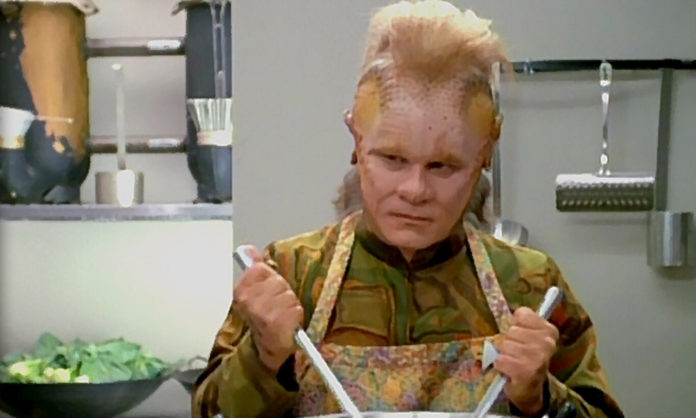In the latest in Writer’s Digest‘s ongoing series in mistakes writers make, Moriah Richard tackles the thorny issue of lifeless side characters. “Have you ever read a book where it felt like some of the characters weren’t exactly … real?” she asks. “Like, a best friend might only show up to bestow words of wisdom in a crucial moment or the parents of a teenager are mysteriously vacant or absent except for when they create a problem for the young protagonist.”
While side characters generally don’t get their own voice in the story, they should feel real, with strong personalities and the agency to affect the story. But how do you know your side characters are falling flat? If you forget they exist or have only a vague notion of their personality or importance to the story, that’s a red flag. It’s time to flesh them out or eliminate them from the story altogether. Richard suggests:
- Imagining what they’re doing when they’re not on the page. “You don’t need to know every tiny detail about their lives, but a few broad strokes might be helpful,” she says. “I like to ask myself, What secrets are my secondary characters keeping from my protagonist?”
- Don’t make them all good or all bad. It’s easy to write a best friend or sibling as always on time, ready to lend a hand without complaint, but people are more complicated than that.
- Give them reasons to be around. “Secondary characters shouldn’t just pop in and out of your story willy-nilly—it’s not only unrealistic, but it can be annoying to your readers when people just wander in and out of the narrative without any seeming rhyme or reason,” Richard writes. Instead, give the routines, like a monthly lunch or weekly get-together, or tie the supporting character to a place the protagonist must visit regularly.
- Dump them. If you can’t find a role for your supporting character, you might need to take them out. Consider combining supporting characters or giving plot points to someone more fully fleshed out.












